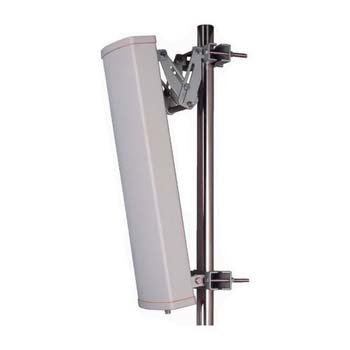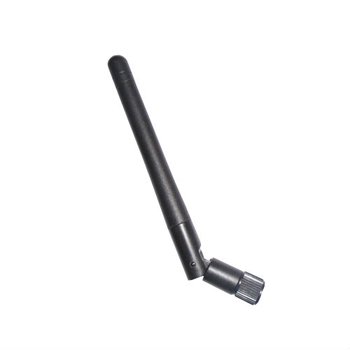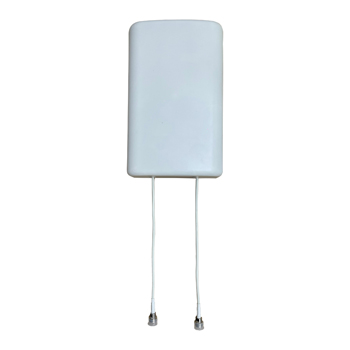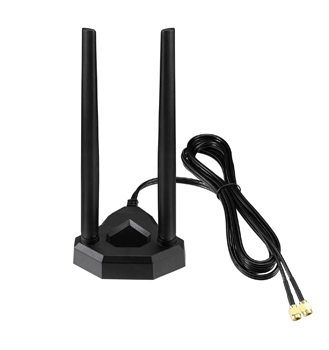
Paddle Antenna: Key Features and Benefits Explained
The Paddle Antenna, a unique flat paddle shaped antenna is one of the most commonly used and most versatile components in modern wireless communication systems. Ranging from WiFi networks to 4G/5G cellular systems, UHF communications, and IoT devices, the use of paddle antennas is vast. This article aims to serve as a guide on paddle antennas, starting from its basic definition followed by understanding its working and advancing toward its applications. It also aims to give a general guideline about the basic principle behind paddle antenna working, different types, advantages and selection considerations for paddle antennas in some wireless communication cases. What are Paddle Antennas Paddle antennas are low-profile, flat-panel antennas designed to deliver efficient signal transmission and reception. Unique in their flat, rectangular shape, resembling a paddle or panel, the antenna at its core encases printed circuit board (PCB) element within a durable, often weatherproof housing. Such design allows a



















